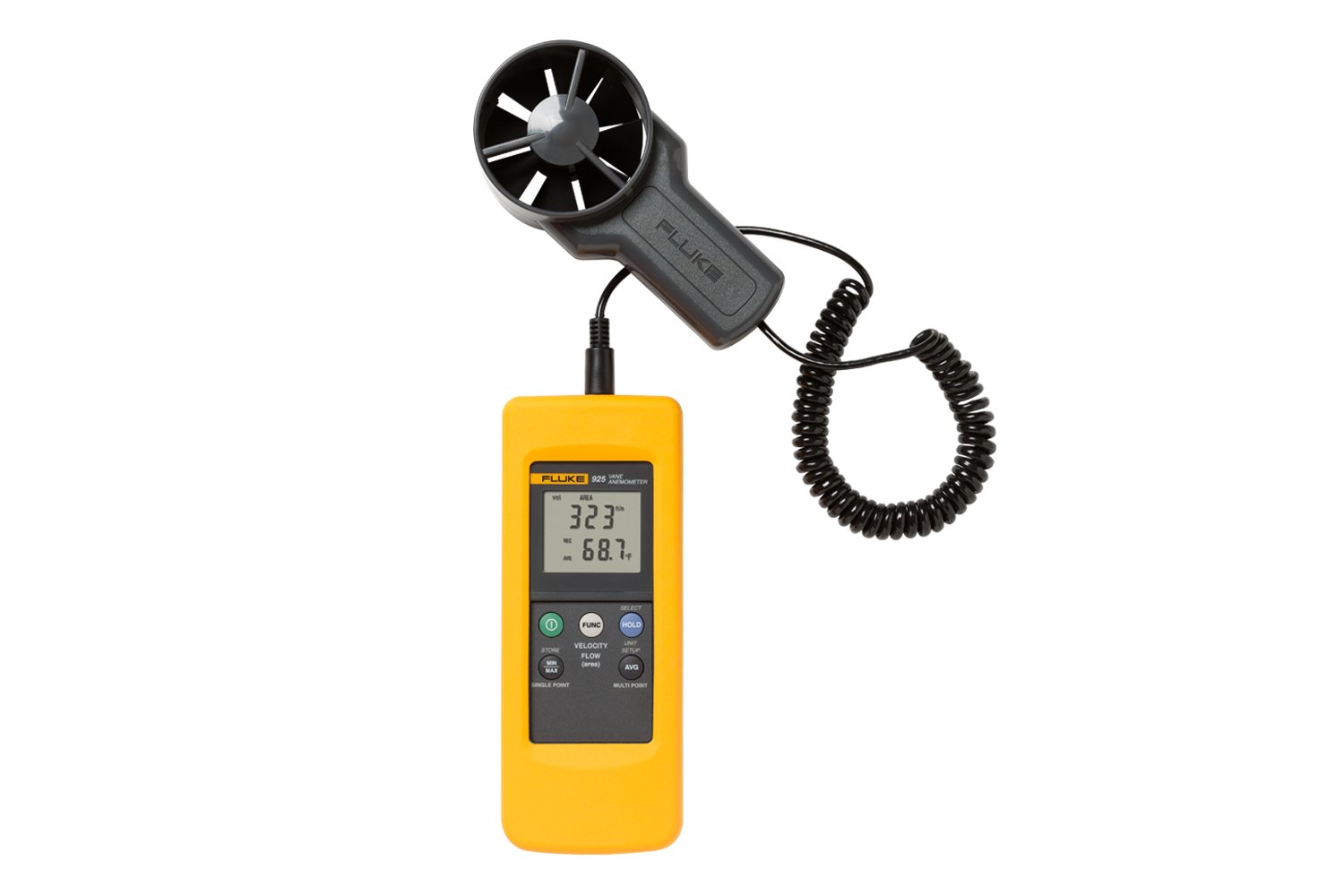How to Maintain and Look After Your Anemometer to Guarantee Long Life
Anemometers Introduced: Recognizing Their Importance in Ecological Surveillance and Safety Procedures
The duty of anemometers in ecological tracking and safety and security actions is frequently undervalued, yet their significance is undeniable. From meteorology to aeronautics safety and security, anemometers play a vital function in offering accurate information that informs decision-making procedures and enhances general safety.
Background of Anemometers
The advancement of anemometers can be traced back to the old worlds where rudimentary wind gauging tools were very first made use of. These early wind dimension tools laid the structure for the growth of much more sophisticated anemometers in time. One of the earliest known anemometers was the hemispherical cup anemometer created by Leon Battista Alberti in the 15th century. This design contained four hemispherical cups that collected wind energy, giving a measurement of its strength based upon the speed of rotation.
Over the years, innovations in innovation led to the growth of more contemporary anemometers, consisting of ultrasonic anemometers and laser Doppler anemometers, providing raised precision and performance in measuring wind speed and direction. The history of anemometers showcases a remarkable trip of development and progress in the field of meteorology.
Kinds Of Anemometers
Throughout the area of meteorology, different kinds of anemometers have been established to properly gauge wind speed and direction. The most common type is the cup anemometer, which contains three or 4 cups installed on horizontal arms that rotate with the wind. As the mugs rotate, the rate at which they rotate is straight symmetrical to the wind rate. An additional widely used kind is the vane anemometer, which features a tail or fin that aligns itself with the wind instructions. This placement permits the tool to establish the wind instructions. Sonic anemometers make use of ultrasonic signals to measure wind speed and instructions properly. They are frequently used in research applications because of their high precision. Hot-wire anemometers operate based on the concept that the cooling impact of wind on a warmed wire is proportional to the wind speed. These anemometers appropriate for determining reduced wind rates with high accuracy. Each sort of anemometer has its strengths and is selected based on the specific demands of the surveillance task at hand.
Applications in Meteorology
Having discussed the various kinds of anemometers used in meteorology for gauging wind speed and instructions, it is important to discover their functional applications in the field. Anemometers play a crucial role in weather forecasting by giving precise and real-time data on wind conditions (anemometer). Meteorologists make use of anemometers to check wind rate and instructions to anticipate climate patterns, problem warnings for serious weather events like storms, tornadoes, and cyclones, and analyze climatic conditions for aviation security
In weather forecasting, anemometers help in comprehending local and local wind patterns, which are important for anticipating weather condition adjustments and establishing climatic patterns. These tools are additionally utilized in research study to research microclimates, urban warm islands, and air pollution diffusion. Additionally, anemometers are used in farming to optimize crop administration methods, such as watering and pesticide application, based upon wind problems.
Significance in Air Travel Safety And Security
An indispensable element of ensuring air travel safety and security hinges on the meticulous monitoring of wind problems making use of anemometers. Anemometers play a vital role in aeronautics by supplying real-time data on wind speed and direction, assisting pilots in making notified decisions during liftoff, trip, and touchdown. Uncertain and solid winds can dramatically affect airplane operations, making it necessary for air travel authorities to depend on precise wind measurements to make sure the safety of travelers and team.

In the dynamic environment of aeronautics, where also minor modifications in wind speed and instructions can have extensive results, anemometers stand as essential devices for promoting secure and secure flight.
Role in Environmental Research
Anemometers play an essential duty in ecological research study by providing vital data on wind rate and instructions. By properly measuring wind features, anemometers assist scientists analyze the movement of toxins in the air, assess the impact of industrial emissions, and anticipate the spread of impurities in the setting.


Conclusion
Finally, anemometers have actually played an important function in ecological surveillance and precaution. With a rich background and numerous kinds readily available, these devices have actually been widely made use of in meteorology, aeronautics safety, and environmental research study. Comprehending the importance of anemometers is essential for precisely measuring wind rate and instructions, which is important for anticipating weather patterns, making certain safe air travel operations, and performing environmental studies - anemometer. Their payments to these fields can not be ignored.
One of the earliest recognized anemometers was the hemispherical mug anemometer developed by Leon Battista Alberti in the 15th century. Over the years, innovations in technology led to the growth of even more modern anemometers, including ultrasonic anemometers and laser Doppler anemometers, using boosted precision see this and effectiveness in gauging wind rate and direction. Hot-wire anemometers run based on the concept that the cooling effect of wind on a heated cord is proportional to the wind rate. Meteorologists utilize anemometers to check wind rate and instructions to anticipate climate patterns, issue cautions for extreme weather condition occasions like tornadoes, storms, and storms, and evaluate climatic problems for air travel security.
Recognizing the importance of anemometers is important for properly determining wind speed and instructions, which is essential for anticipating climate patterns, making certain secure aviation procedures, and carrying out environmental research studies. (anemometer)